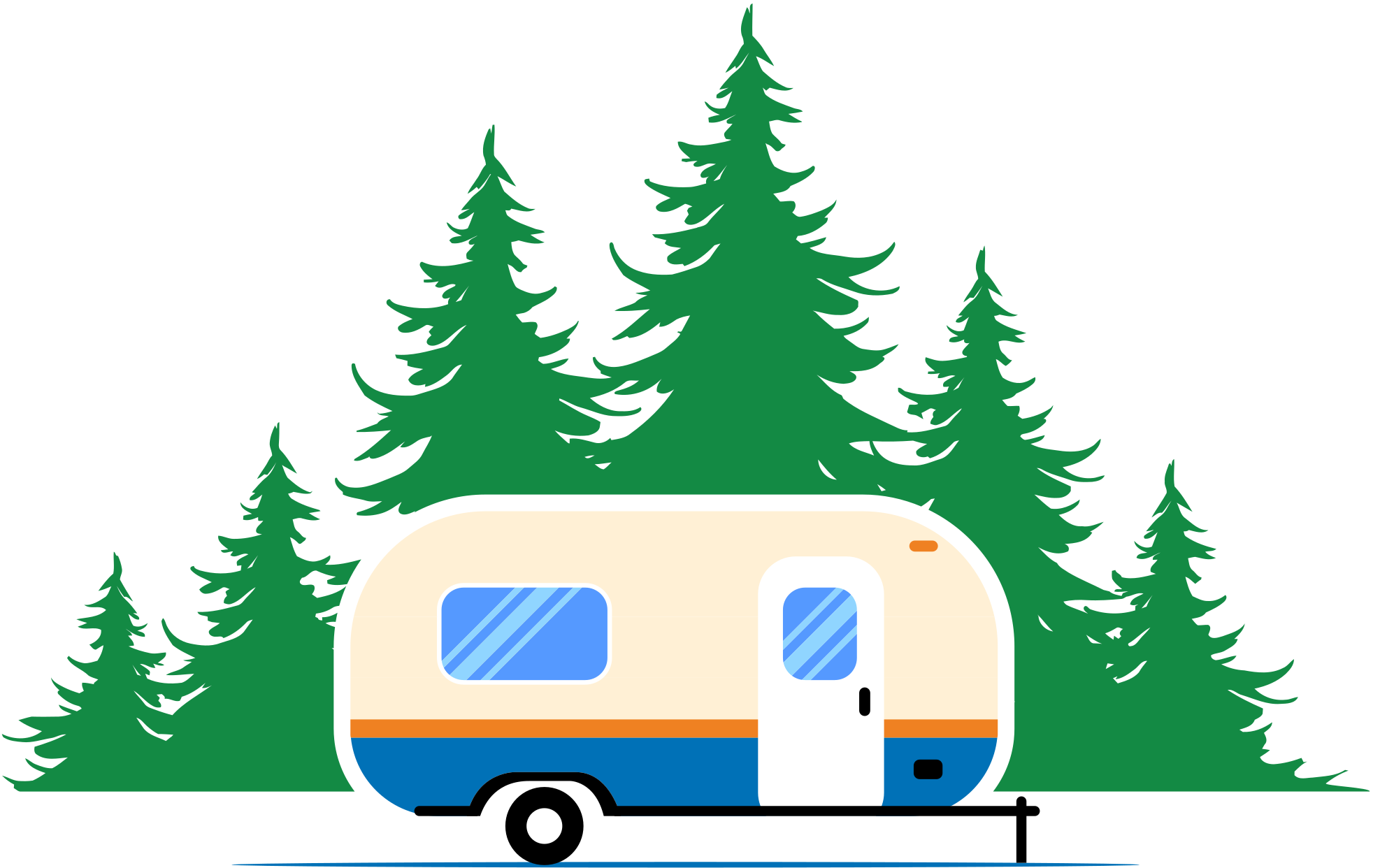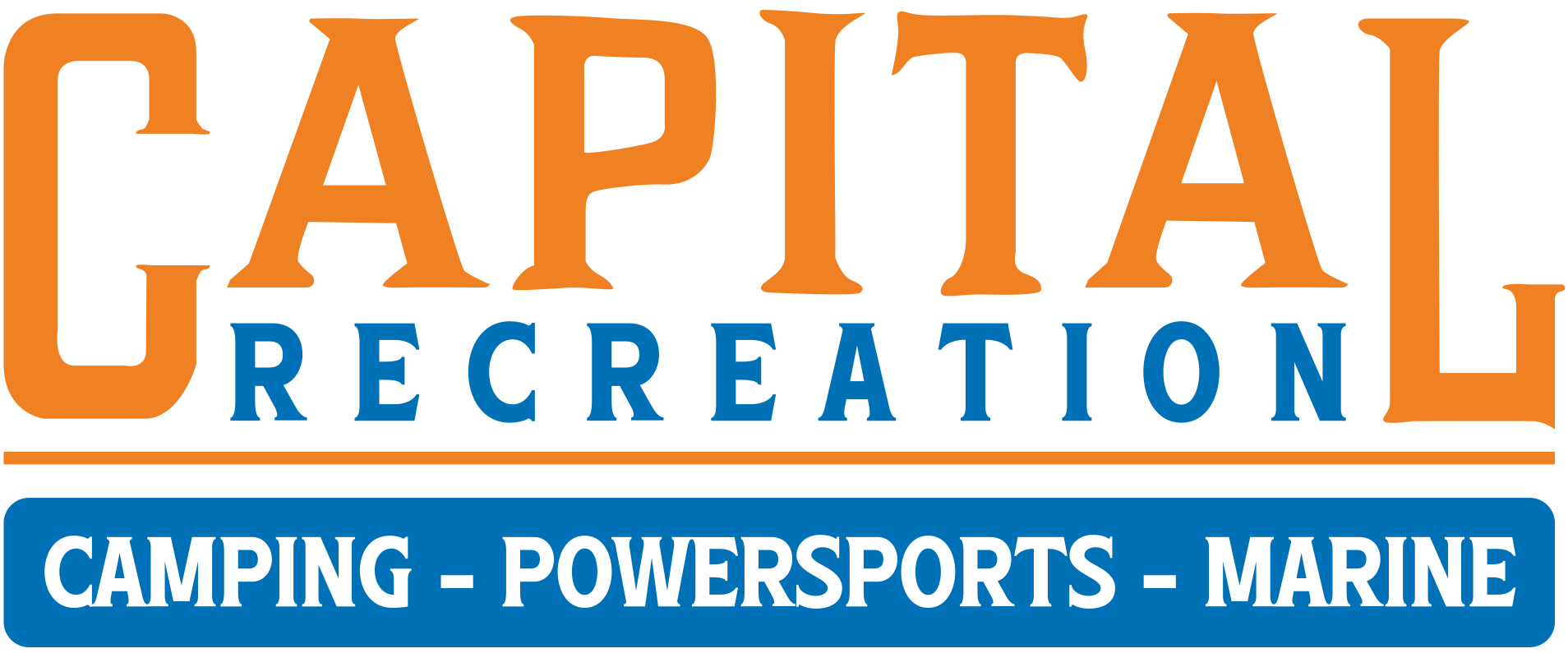
Are you trying to decide between financing a new and a used RV? This choice affects your budget, loan terms, and overall satisfaction with your investment.
As experienced RV dealers in Canada, we understand the financial implications of both options. In this guide, Capital Recreation will explain the key differences between financing new versus used RVs.
Understanding Financing Options and RV Loan Rates
Many financial institutions offer specialized loans with competitive rates designed specifically for recreational vehicles. Still, RV loan rates differ significantly between new and pre-owned vehicles. New RVs typically qualify for lower interest rates compared to used models because they present less risk to lenders.
Rates also vary based on your credit score, loan term length, and the lending institution. The difference in rates might seem minimal, but over a lengthy loan term, even a small variance can translate to thousands in interest payments.
Choosing between financing new versus used RVs involves more than just considering your interest rate, though. You also need to think about vehicle condition, your goals with the investment, upfront costs, features, and potential repair needs.
Comparing Down Payment Requirements
New RVs typically require larger down payments, generally ranging from 10% to 20% of the purchase price. Larger down payments mean borrowing less, resulting in lower monthly payments and less interest over time.
Used recreational vehicles may offer more flexibility with down payment requirements. The specific requirements will vary based on the following:
- The age and condition
- RV type
- Your credit score and financial history
- The lender's specific policies
- The total cost of the vehicle
Assessing Warranty Coverage, Depreciation Value, and Inspection Needs
When financing a new RV, one advantage is the comprehensive warranty coverage these vehicles typically include. New RVs often come with manufacturer warranties covering major components, providing peace of mind and potentially saving you thousands in repair costs.
Depreciation value is another crucial factor to consider. New models lose a significant portion of their value within the first year of ownership, with depreciation slowing considerably after the initial drop.
For used models, a thorough pre-owned RV inspection is essential before finalizing financing. This inspection can identify potential mechanical issues, assess the condition of systems, and reveal any water damage or structural problems.
The cost of an inspection is minimal compared to the potential expense of purchasing a vehicle with hidden problems. Many financing companies require an inspection before approving a loan for a used RV.
Make the Right Financing Decision With Capital Recreation
At Capital Recreation, we work with multiple lenders to help you secure the best loan term length and rates for your specific situation. Our dedicated specialists help you explore brand-new RV models with modern amenities as well as high-quality pre-owned models.
If you need help deciding between financing new versus used RVs, you've come to the right place. Contact Capital Recreation at (833) 758-1244 for personalized assistance with RV financing or to apply for a loan today.

